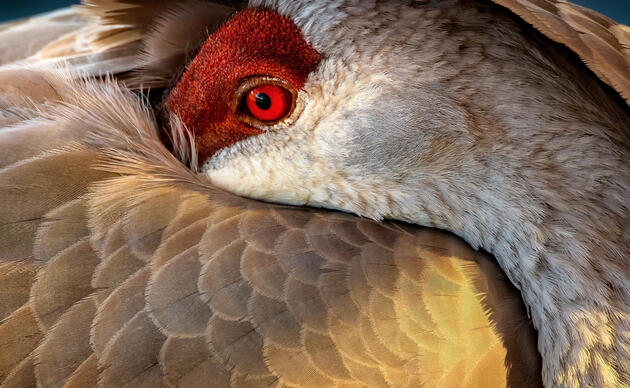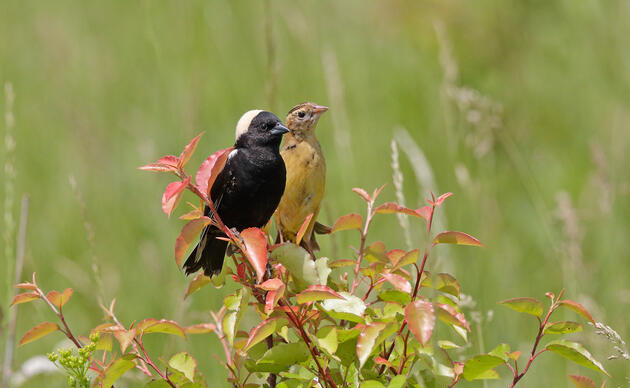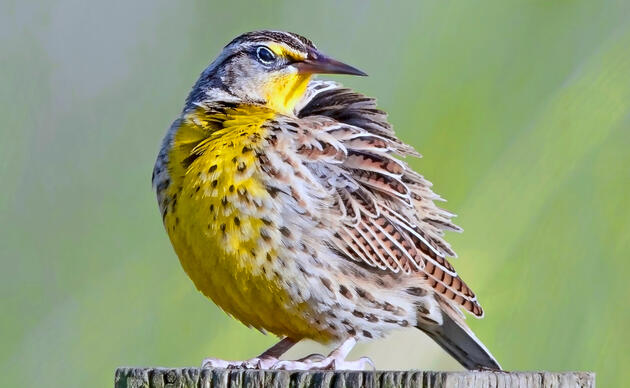What comes to mind when you think of threats to the grasslands of the Northern Great Plains? You’re probably thinking of breaking up native prairie for row crops. Maybe you’re thinking of suburban sprawl. Or maybe you are thinking of smooth brome and Kentucky bluegrass or other non-native cool season grasses. You would be correct. However, when looking at the primary drivers of grassland loss in the Great Plains, land use conversion and tree cover expansion are increasing at the same rate. And that rate is beyond exponential.
Trees have been invading grasslands for years in states southward and now, in places like the sandhills of Nebraska, they have drastically changed the landscape. Ranchers are desperately trying to protect the patches of rangeland remaining that are not destroyed by eastern Red Cedars. This problem hasn’t hit North Dakota yet, but it is creeping up through South Dakota and will be here soon if we do not get ahead of it. In areas like Grand Forks County, another tree species is already an expensive invader, compromising habitat for grassland birds: the Russian olive. Russian olive and Siberian elm were thought to be a fantastic choice for shelter belts when they were introduced in the mid 20th century. They were cold hardy, they grew fast, and were disease resistant. Great! Until it wasn’t. They tend to escape those shelterbelts and spread into pastures, CRP, and other grasslands at an alarming rate. It may not look like something to be alarmed about now in the Dakotas, but we have warning signs and war stories to heed from Oklahoma, Kansas, and Nebraska.
Eastern Red Cedars are ushering in biome collapse in those states. A well-known example of this collapse is when coral reefs die and become algal dominated. We want to avoid the same kind of fate for the Great Plains.
Though we have multiple tree species threatening the grasslands of the Dakotas (Siberian elm, Eastern Red Cedar, Rocky Mountain Juniper), let’s focus on Russian olive and how to deal with it.
This species, introduced from Eurasia, will decrease native vegetation species diversity which will in turn decrease wildlife species diversity.
The approach to managing Russian olives is multipronged. Using the strategy Dirac Twidwell, a highly regarded rangeland scientist, has developed for Nebraska and other tree invaded states serves us well: anchor to the best areas (uninvaded by trees) and work outward. Manage those sites to avoid bringing in seed or opportunity for trees to establish. Once trees are mature control is difficult, early detection and rapid response is essential.
In addition, awareness and prevention are the most effective tools for managing against invasion. Russian olives, though not recognized as a noxious weed in North Dakota (yet!), should no longer be planted. It is too difficult to control once it inevitably escapes shelterbelts and the costs for control long-term are great.
In an ideal scenario, land managers would be able to team up with neighbors to remove Russian olives in shelterbelts and remove younger trees that pop up in grassland. That way, a contiguous zone can be developed that is defensible from further invasion.
Since managing Russian olive and other invasive trees is cost-prohibitive, Audubon has financial assistance available to manage these contributors to the drastic decline in grassland bird populations. For those with land in eastern North Dakota, 90% of the tree removal costs can be covered by our Red River Valley Prairie Management Toolbox Program.
Woody encroachment in areas of the Dakotas where it isn’t currently a problem is not an issue of if, it is an issue of when. So, grab that sapling by the root and yank!
More information about Red River Prairie Management Toolbox.




